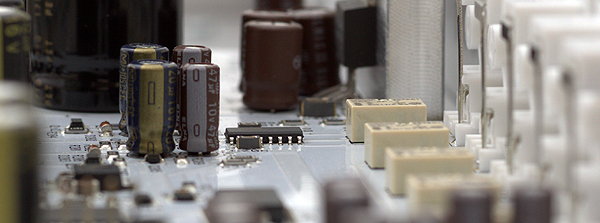In April, Audial will come with a second release for 2021, a stereo amplifier A20.
The A20 will supersede the Model A, an exceptional amp produced for the whole seven years, which usability however, due to several untypical solutions, was somewhat limited. Hence the A20, along with five inputs, will also feature a more conventional 45 kOhm input impedance.
Its exterior will be also somewhat different and will include an LCD display. Remote control will be optional, and available later this year.
Still, just as the Model A, the A20 remains a linear amplifier. Its output power is rated at 20 W, and meant to drive a 4 Ohm or higher loudspeaker impedances. The A20 will include revised Audial-made copper speaker connectors, as a standard feature.
More information, along with the introductory offer, will come by the end of April.
Please note that, as opposed to Model A, the A20 will not offer a higher output power option. For those looking for a higher power Audial amplifier, or the amplifier able to drive somewhat lower loudspeaker impedances, in May we will announce the 100 Watts rated amplifier A21.
See also:
A20 official page



Here are the short answers to the most common questions on the A20 I was receiving two previous weeks.
So, first, to confirm what you see in the interior picture we have just added above: yes, the inputs are switched by the relays.
The A20 volume control is a digitally controlled potentiometer. So, it is not really a digital potentiometer, because the signal does not operate in the digital domain at all – it is best to call it a digitally controlled silicone resistive network. Some of you might remember that sometime in 2004 I published a small volume control project based on the DS1802, and the A20 volume control is done on similar premises. Such potentiometers were the best sounding ones I knew back then, and they are not that much behind the cermets, put into a low impedance shunt mode, either. In fact, they are charming on their own, and, as opposed to such cermets, they are way more convenient to use, as they can be set in small steps, with no channel miss-tracking.
The A20 includes the pre-out, and it is the JFETs buffered out, hopefully handy to bi-amp, or add a subwoofer, etc.
The binding posts you knew for many previous years are just being updated, and normal length is already not available anymore. The new version will come right on time to appear on the A20. They will still remain machined of pure, 99.98% copper.
Hi Pedja,
What is inside A20? Is it a chip amp, discrete class A amp?
Regards,
Tony
Hello Tony,
The A20 output is a chip.
Regards, Pedja
Good afternoon. Can you post a picture of the back? Also, is this class a or class a/b? Thanks
Hello Roger,
I am sorry, no exterior pictures yet, but I will post them in a few days, hoping the drawing will be somewhat informative meanwhile.
It is the A/B class. I never liked to push the chips to class A.
Regards
Hi Pedja,
I’m a Zu Druid user, 16 ohm looking for a solid state design with more constant current.
I noticed that your amp delivers the same watts into both four and eight ohms. What about its 16 ohm performance?
Hello Matt,
At 16 Ohm, the output power will be limited by the available voltage, and drop to about 15 Watts. But with such high-sensitivity loudspeakers, it should be plenty.
Regards
Hello Pedja,
Does the A20 have any watts biased into class A?
What is the general sound signature like?
Thank you.
Hello Thai,
The A20 uses LM1875 as an output stage, and its quiescent current is 70 mA. At 8 Ohm, this spells as something less than 0.03 W. As I said above, while it is generally possible to push opamps deeper to class A operation (by forcing one of their halves), I have never liked such a solution sonically, so it is not done in the A20, either.
I can confirm that I agree with what is already written on this website about the A20 sonic signature. It is generally natural and sweet, with an exceptional ability to recreate the space.
Regards.